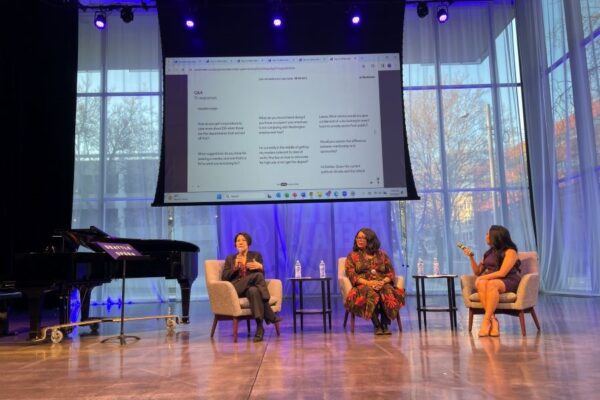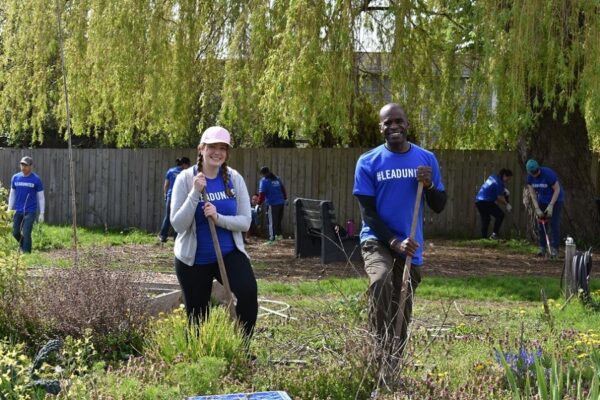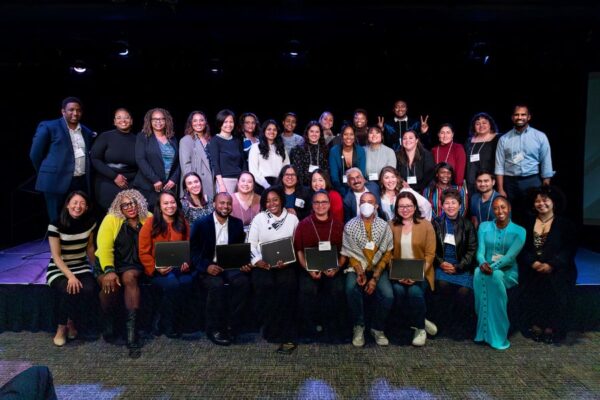Predicting Foster Youth Homelessness
New report reveals indicators that can predict which youth are most likely to become homeless after exiting foster care. United Way of King County and the Department of Social and Health Services Children’s Administration are developing a plan to support the most vulnerable kids, and encourage others to follow in a statewide effort to reduce the number of youth entering homelessness.
SEATTLE ‐ More than one‐third of youth who age out of foster care at the age of 18 in King County become homeless within one year. Until now, no one knew which of these kids would be most likely to struggle with homelessness. The Youth at Risk of Homelessness report released today by United Way of King County and the Washington State Department of Social and Health Services reveals for the first time, a predictive model that can identify which youth in the foster care system are likely to become homeless.
The predictive model uses integrated data from a range of state systems, including child welfare, education, housing, health and behavioral health, juvenile justice, and public assistance.
The model identifies key risk and protective indicators. Factors that increase the risk of becoming homeless, such as being a parent or experiencing multiple school moves prior to exiting care, are weighted and contribute to an overall homelessness risk score. Factors that decrease the risk of becoming homeless, such as having had foster care placement with a relative or having a high grade point average, subtract from an individual’s overall score. The report reveals that without additional interventions, youth whose risk score is at or above a certain threshold are likely to experience homelessness within 12 months of aging out of foster care.
“Growing up can be challenging,” said Jon Fine CEO, of United Way of King County. “And for kids navigating the foster care system it can be even harder. That’s what is so powerful about this model being rooted in data. It will help us assure that we are using the limited resources available to deliver the right services to the right kids early enough that we can provide the support they need to steer clear of the streets and of homelessness. “
Washington State is at the forefront of the nation in using integrated data to identify system improvements and better serve our most vulnerable citizens.
“This ground‐breaking use of data to identify key predictors of homelessness among youth aging out of the foster care system will be incredibly helpful as we continue to identify ways we can work with those youth while they are in our care to bring about better outcomes,” said Jennifer Strus, DSHS Children’s Administration Assistant Secretary, adding that the Administration appreciates the work that was done by the DSHS Research and Data Analysis Division to conduct this study.
The report is a result of a federal human services planning grant awarded to United Way of King County and 17 other organizations nationwide to develop systemic strategies applicable statewide that will prevent, and ultimately end, homelessness among youth who have exited the foster care system. Of the 18 organizations, eight will be selected in October 2015 to receive an additional three‐year implementation grant to fund their plan.
United Way and Children’s Administration are developing service strategies and policy recommendations regarding timely, successful interventions for youth identified as high risk by the predictive model. United Way and its partners are committed to funding the strategies and interventions that will help the youth who are at greatest risk of homelessness.
The Youth at Risk of Homelessness report can be accessed on the Department of Social and Health Services website, here.
For more information or to schedule an interview contact Jared Erlandson at 206.461.3742




Comments